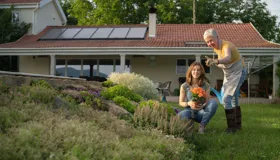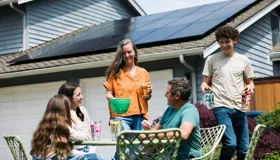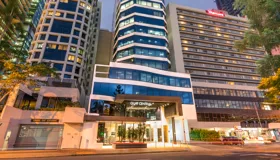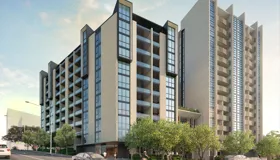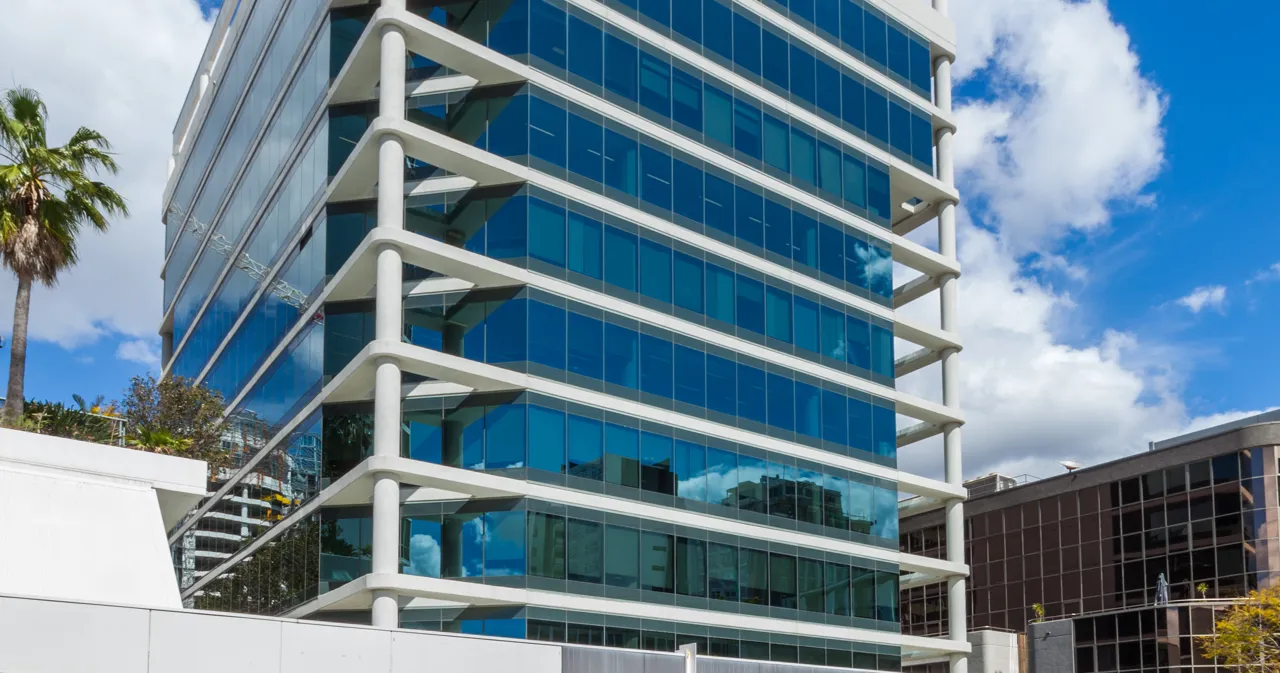
Greener lease on life for Brisbane office building
Sustainability solutions for mid-tier buildings
A 25-year-old B-grade commercial office building in Brisbane’s CBD will be refurbished to cut emissions by as much as 55 per cent, achieving higher energy standards than many new properties and demonstrating how sustainability can give older buildings a new, greener, second life.
$33m
CEFC finance
5.5 Star
NABERS
~55% cut
to emissions
The transition of mid-tier buildings to a lower carbon future is not particularly difficult or costly. More importantly, in our experience once such assets are transitioned we find they actually create additional financial returns through cost savings and valuation improvement.Adam MurchieCapital Director, Forza
Our investment
The CEFC is providing a $33 million senior secured debt facility to finance energy performance improvements at Brisbane’s 200 Creek Street commercial office building. The building will undergo equipment and building services upgrades, including a combination of energy efficiency, renewable energy and energy conservation technologies and practices. The work will lift the building to a NABERS 5.5 star rating, a performance achieved by just six per cent of commercial office buildings Australia-wide.
Project manager Forza Capital has already delivered energy efficient upgrades to existing office buildings in South Brisbane and Melbourne.
our impact
Buildings are responsible for about a quarter of Australia’s greenhouse gas emissions and represent one of the most cost-effective opportunities to cut emissions.
The Creek St building is aiming to achieve a 5.5 Star rating under the National Australian Built Environment Rating System (NABERS), with a range of refurbishment upgrades to improve its sustainability profile. These include new energy efficient heating, ventilation and air conditioning, as well as rooftop solar panels and battery storage.
Other improvements include lift and building management systems upgrades, façade thermal imaging improvement and a dedicated end of trip facility, enhancing the overall amenity of the building as well as its sustainability.
The improvements are expected to deliver a 55 per cent reduction in emissions, leading to the direct abatement of 415 tCO2 annually and 7,128 tCO2 over the lifetime of the building.
A significant portion of buildings anticipated to be standing in 2050 have already been built, highlighting the importance of sustainability solutions in cutting their lifetime emissions.
As demand for office space continues to change, building sustainability into office refurbishment is a valuable addition that makes economic sense in addition to helping push the continued decarbonisation in the built environment. Energy efficient buildings place less stress on the electricity network, lower electricity consumption and improve resilience outcomes for businesses. They are also increasingly attractive to tenants. Repositioning Australian office assets as energy efficient performers demonstrates the commercial potential that these technologies have in reducing emissions.

